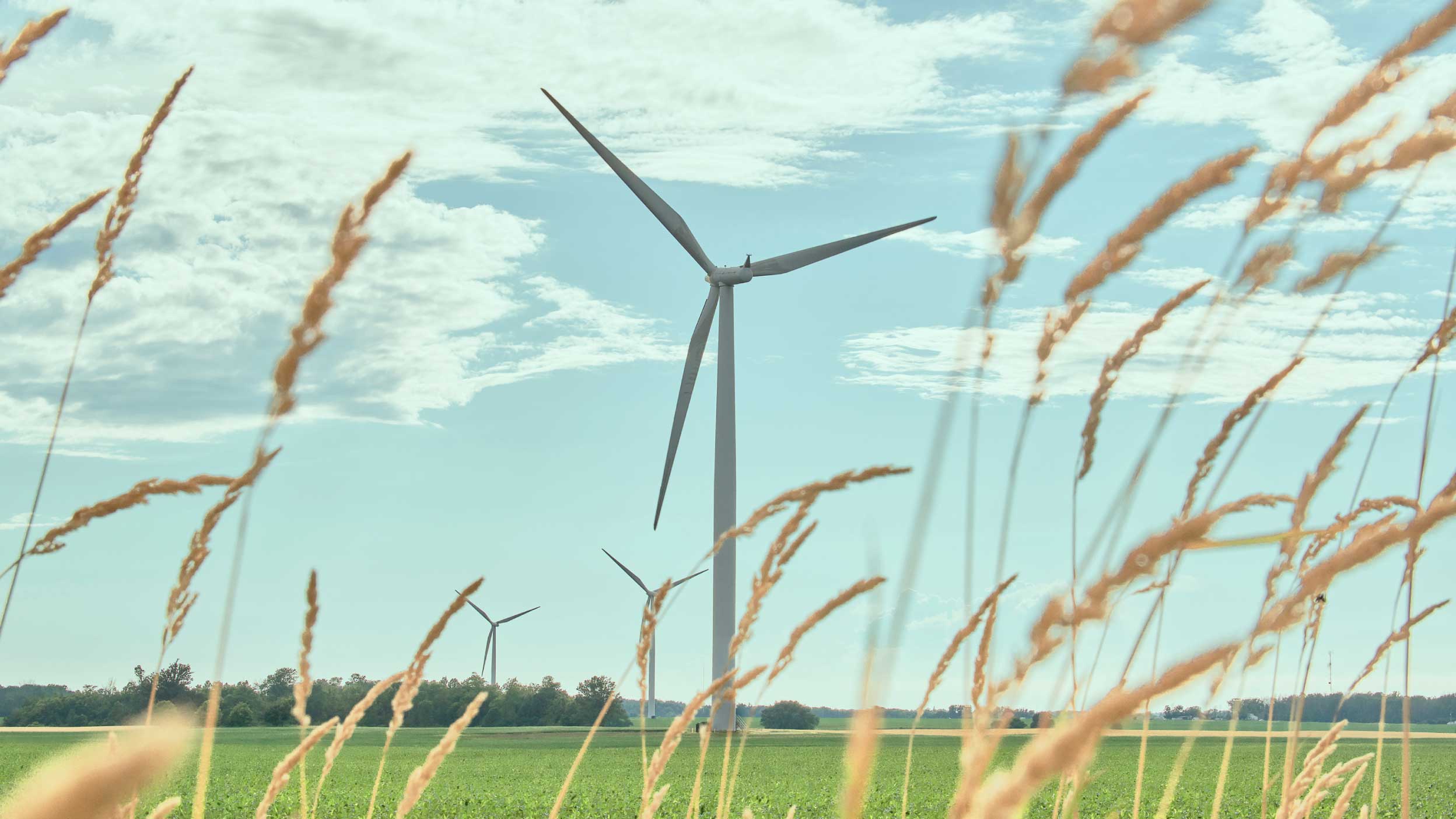Costs for Solar PV declined by 88% between 2010 and 2022
Energy independence and personal freedom are also supportive of renewable energy. Although most of the electricity harvested from the sun, wind and other natural sources will be fed into the grid, households and businesses now have the opportunity to generate electricity for their own consumption through the installation of solar panels or wind turbines on their property.
Sales of electric vehicles (EVs) have slowed of late but, longer-term, should resume an upward trajectory as unit costs come down and as improvements are made to battery technology and infrastructure such as fast-charge locations. The EV market is perhaps the clearest example of where we are now versus where we need to get to in a fairly short time period. According to the International Energy Agency (IEA), EVs could be 40% of car sales in 2030 compared to just 15% now3.
A recent survey conducted by Bloomberg Intelligence (BI)4 found a sizable disconnect between the current intentions of car-buyers in Europe and the picture painted by the IEA and others. Only 18% of the survey respondents who intend to buy a new car in the next 12 months currently favour an EV. A lack of charging stations, the limited range many EVs offer and currently high prices are what potential buyers said make them reluctant to purchase an EV.
… which brings us to the major point
Ever since 2015, when world leaders gathered in Paris for the ground-breaking summit on climate change, most of the external communications have been focused on telling everyone we must save the planet. The reality is that electric power grids, much less the number of charging stations, are woefully inadequate to support the IEA’s outlook for EVs. Many of the core components are already in place, including the economic viability of solar and wind power at scale, but much more needs to be accomplished especially on the infrastructure front.
If consumers are reluctant to embrace clean energy technology due to practical issues, which is what it seems, we can reasonably expect to see increased demand once those issues are addressed.
What else needs to be done?
Wind and solar are both at a more mature stage of their development compared to some newer technologies, but even these already-economical energy sources still have room to improve. The photovoltaic (PV) cells used in modern solar panels currently convert only 15-30% of total solar energy into usable electricity, so there is plenty of scope to make them more efficient. Next generation panels could involve using material other than silicon or in tandem with it, with testing currently being conducted on the commercial viability of perovskite-silicon tandem solar cells.
Tracking equipment can be installed to increase the yield of a solar array, although typically they are only suitable for ground-mounted systems. When installed, the panels track the sun’s movement across the sky throughout the day, so they capture more of the sunlight than fixed-position panels. Solar tracking is more expensive than fixed panels, both upfront and in maintenance, but if costs were to come down, they may be worthwhile especially in higher northern latitudes where the greatest productivity gains are possible.
Energy storage is another area that needs continual improvement. The biggest limitation to the two most widely used renewable energy technologies is that they only work when it’s sunny or windy. You need a way to store that energy so that it’s available for use on-demand 24/7, 365 days a year. With regards to wind technology especially, reliability can be an issue and this needs to be addressed so that turbines continue to work during extreme weather events, particularly during the harshest winter months when, not by coincidence, consumer needs for electricity are typically high.
Hydrogen could have a big future
We need better solutions for other energy use-cases where electrification is either not possible or is an inefficient replacement for fossil fuels. A good example is long-haul transportation, whether through the air, land or sea. Heating is another example. Hydrogen power is a possible low or even zero carbon emitting solution, but there are obstacles to overcome. Transportation and storage infrastructure will be needed to broaden out the usage of hydrogen power.
Hydrogen can be produced in different ways, and they are colour-coded based on the type of energy used in the process. Green hydrogen uses renewable energy such as solar or wind power in an electrolysis process to split water into individual hydrogen and oxygen components, making it effectively a zero-carbon energy source. Unfortunately, green hydrogen is not yet economical to use in wide-scale applications, and there is little being produced at this time. Expect this to change.
Blue hydrogen is the next-best choice in terms of carbon emissions. It uses natural gas to produce hydrogen in a process known as steam-methane reformation, with the CO2 emitted in the process captured and stored safely (CCS). Grey hydrogen has a similar process using natural gas but doesn’t include CCS and, so, emits more carbon into the atmosphere. Various other categories include brown hydrogen (using coal) and pink hydrogen (using nuclear power).






